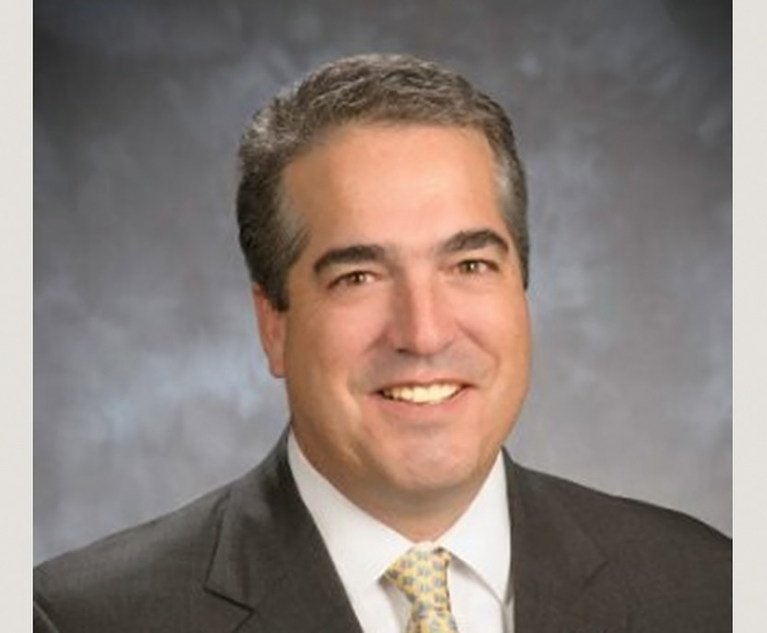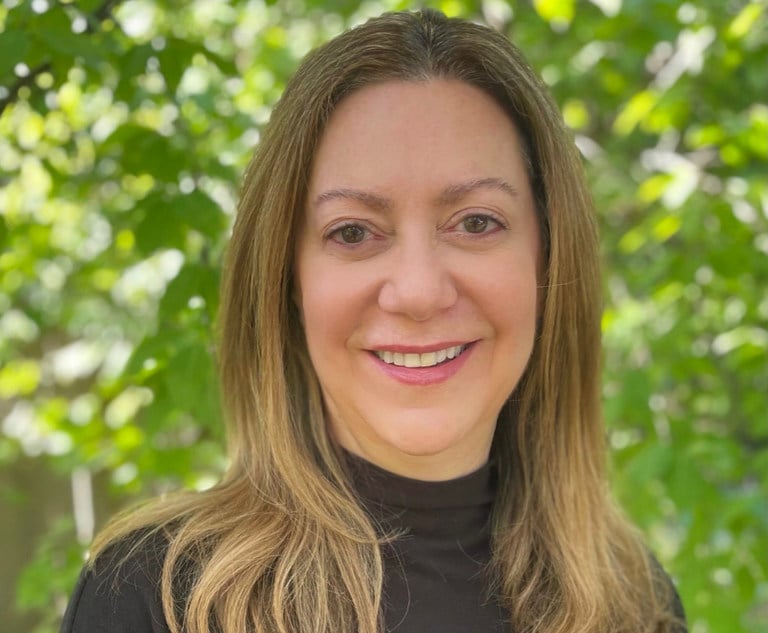 Haralyn Isaac, Vice President-Claims at Great American Insurance. Courtesy photo
Haralyn Isaac, Vice President-Claims at Great American Insurance. Courtesy photo
Nonprofits work hard to make an impact on the causes they serve, but that doesn't mean they're immune to risks that face for-profit companies. Alleged breach of fiduciary duties, errors and omissions, negligence and other wrongful acts can also affect nonprofits and interfere with their ability to achieve their missions.
"Most of the Directors and Officers (D&O) insurance claims we process are brought by former or current employees, who are often people the organization trusts," says Haralyn Isaac, Divisional Vice President of Claims, Executive Liability at Great American Insurance Group. "We also frequently see claims brought by outside organizations, such as competitors or sister nonprofits."
Recommended For You
The results of these lawsuits can be dire, and may include high legal expenses and crippling financial burdens. Additionally, board members may face exposures to personal liability depending on the nature of the claim.
The need for D&O liability insurance is growing
Allegations of employee harassment, discrimination, hostile work environment, failure to hire or promote, improper termination and similar issues can all arrive at a nonprofit's doorstep. Lawsuits brought by high-wage earners, such as an organization's executive director, are one area that is trending upward in the nonprofit space.
"High-wage earners aren't top of mind when you think about nonprofits," says Isaac. "But many nonprofits do have high-wage earners, and these types of plaintiffs are dangerous because they know a lot about the organization and can bring up any weaknesses in a public filing. We've seen more of these types of claims during the past several years."
Additionally, if a nonprofit does go to court, it is often surprised to learn that jurors tend to think of it as a "company," rather than an organization that does charitable work, and therefore identify more closely with the employee bringing the case. "An employee may have been hired, disciplined and terminated in a wrongful termination case, and people relate to that and a sense of being wronged by an employer," says Isaac.
Why nonprofits believe they don't need insurance
Nonprofits decide not to purchase D&O insurance for a variety of reasons, including the belief that exposure only applies to larger companies, or worry about carving out money in the budget to pay insurance premiums.
"D&O insurance is actually really affordable compared to the potential risk," says Isaac. "We've had claims with policy limits of $1 million where the insured paid $1,000 a year for the policy."
Things to look for in a D&O liability insurance policy include:
- Human Resources loss prevention services. Most nonprofits deal with employees every day and can make actual or perceived missteps that could result in costly litigation. As a result, nonprofit entities should make sure they have a D&O policy that includes HR advice and other possible risk management services to help mitigate potential risks.
- Longevity and service. Choose a company that has a reputation in the business and has been established for a long period of time. Experienced underwriters are putting state-of-the-art terms in the policies. In addition, claim handlers can really make a difference when it comes to selecting counsel and claim/litigation strategy. They have been through this many times before and can help the nonprofit successfully navigate its way through a claim.
- Extensive experience in the nonprofit sector. The risks that face nonprofits are unique, and the right provider will be specialized in D&O liability insurance in the nonprofit space, so they know the unique risks that face your organization.
"A misconception exists that, because you're a nonprofit and doing good work, you won't get sued," says Isaac. "But we know this isn't true and nonprofits need D&O insurance every bit as much as larger companies. Having the right protection in place will allow a nonprofit to continue its mission today and in the future."
© 2025 ALM Global, LLC, All Rights Reserved. Request academic re-use from www.copyright.com. All other uses, submit a request to [email protected]. For more information visit Asset & Logo Licensing.








